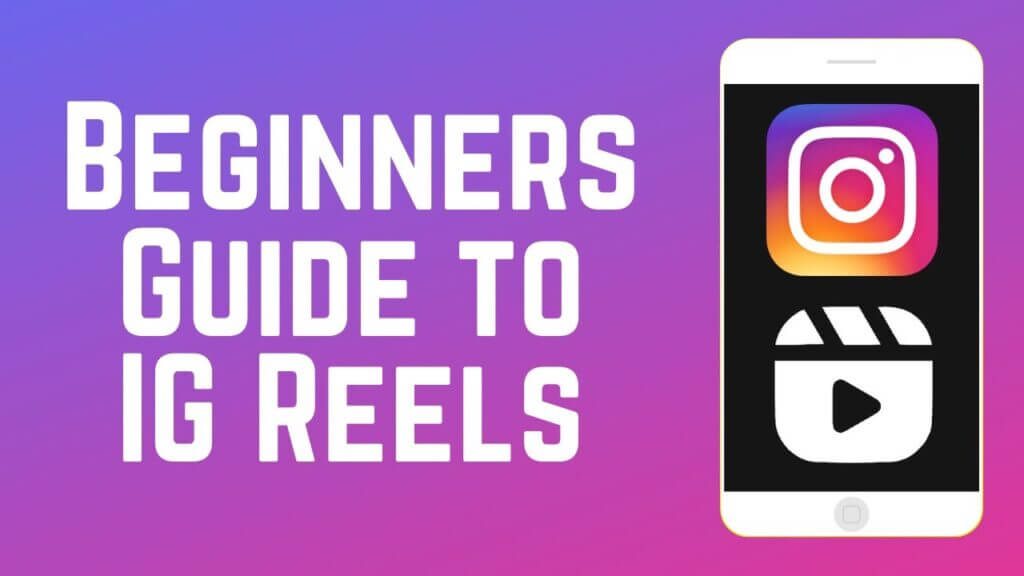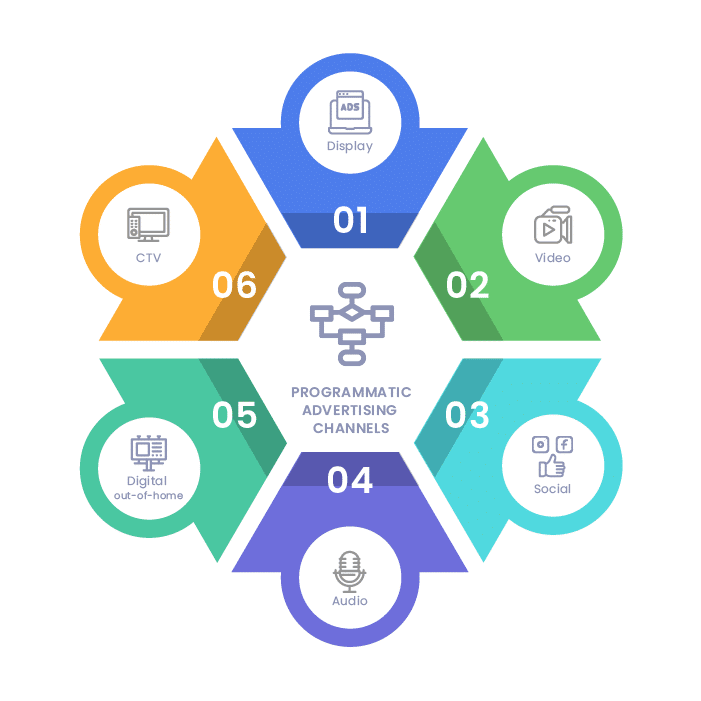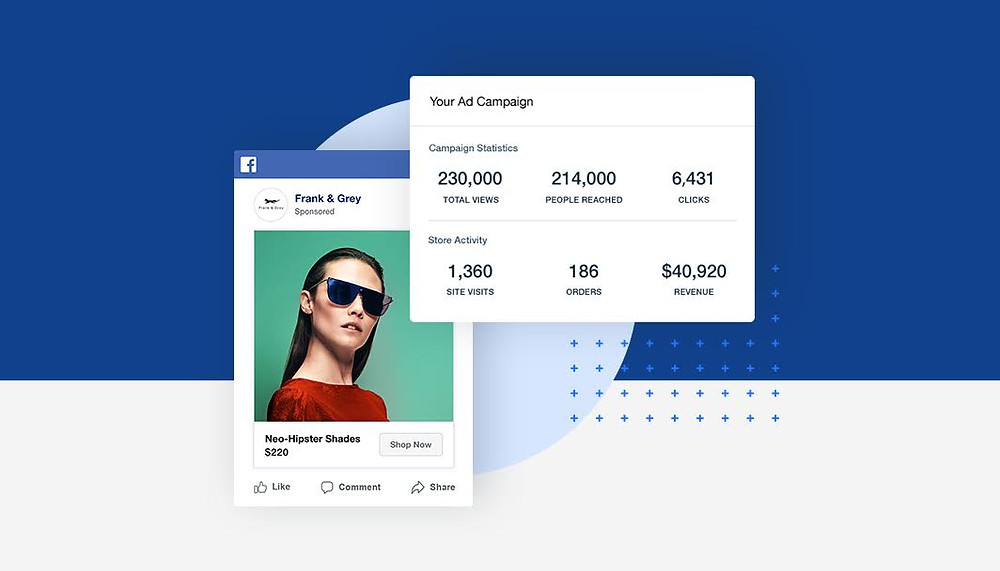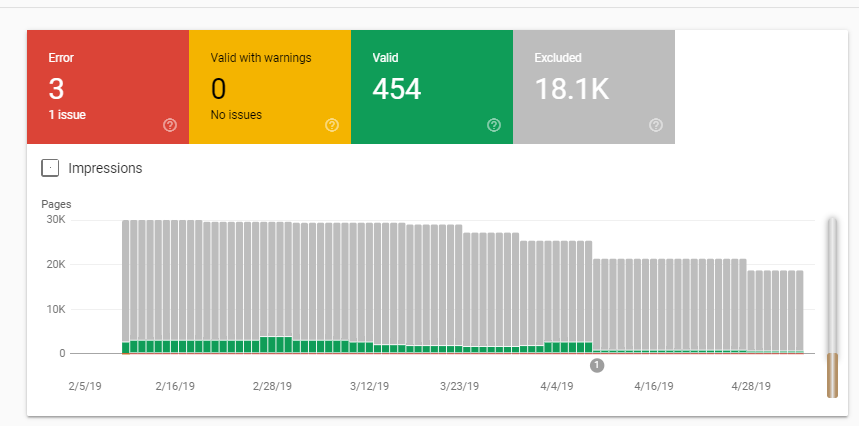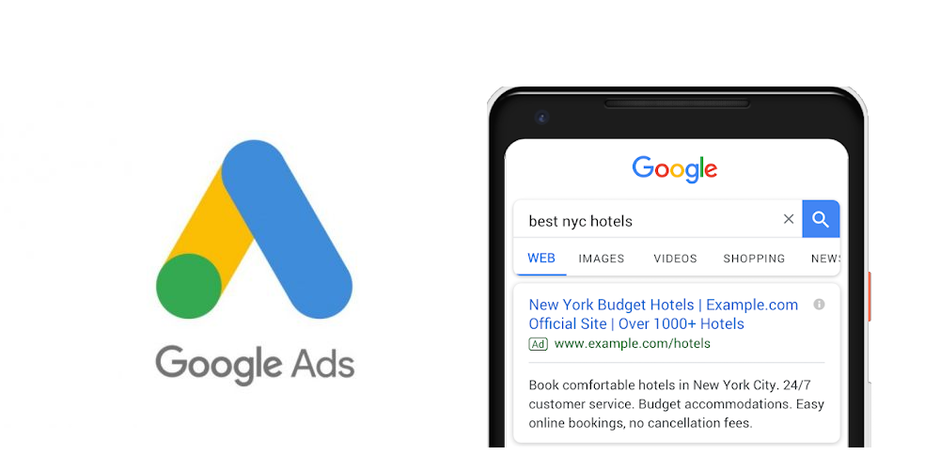When implementing an SEO strategy for your website, things can get a little tricky, especially when you need to consider the ever-changing algorithms and benchmarks set by search engines.
While we understand it can be tempting to implement a range of “quick fixes” to get your page ranking, you must also plan a strategy that continues to work over time. This strategy requires you to continuously redefine your business and online goals over time by using sustainable and best practices.
To make things a little easier, Search Marketing Group® has put together these 15 Actionable Steps to Improve Your SEO in 30 Days.
1. Market Analysis & Planning – Before optimizing your website for keywords, you must identify and research the best keywords for your industry. Many free online tools can be used to accomplish this.
a. (https://adwords.google.com/home/tools/keyword-planner/) – this is a free tool by Google that allows you to input your main industry keywords, and the device will go out and find all relevant and targeted keywords in your industry with their average monthly search volume.
b. SEMrush (www.semrush.com) – This is a more advanced tool with a free and paid option. SEMrush lets you input your website URL into the device, automatically scan Google, and find all the keywords you already rank for. This data is instrumental in identifying golden opportunities and low-hanging fruits that can give you good results in the short to medium term.
2. Keyword Mapping – Now that you’ve put together a list of keywords you’d like to be ranking for and know how much search volume these keywords are getting, you must map the relevant keywords with the most appropriate pages from which to target them.
For example, All drain cleaning keywords targeted from the www.plumbersite.com.au/drain-cleaning/ page should be targeted on this page, not the homepage.
Plan this out for all your desired keywords in a simple Excel sheet, so you know exactly which keywords should be targeted on which page based on your services.
3. Meta Title & Description – This is where it matters! Choose a page on your website you’d like to optimize and then incorporate your keywords into the title tag of that page. This can be achieved by using an SEO plugin. If you’re using WordPress like All in One SEO Pack or paid attention during IT class, it requires a little HTML knowledge to edit the page <head> tag.
Make the title look natural while using some of your keywords wherever appropriate. You’re looking for readability + specific, for example:
Total Plumbers | Expert Residential & Commercial Plumbing Services
4. H1, H2 & H3 Tags – General rule of thumb is to include your keywords in the H1, H2, and H3 title tags in the content of your page as you write – with the H1 tag being the most powerful.
5. Content Optimisation – This is not as complicated as people make this out to be, actually quite the contrary. You should write natural quality content that is free from spelling and grammar mistakes and speaks about your industry or service.
Now comes the tricky part. As you write, try to include your keywords naturally in the content without it looking like you’re desperate for Google’s attention.

7. Interlinking Pages – This one might be considered a bit advanced, but I have a crack at it. Google uses something called a website silo to understand the structure of your website; the silo is like the blueprint of a house; you can look at it and get an idea of which room is what. This helps in better user navigation, as when a user reads your content, it’s easy for them to navigate to the next page from this link.
8. Remove Page Conflicts – Here’s a paradox to mess with your mind – To optimize is to de-optimize! One problem we regularly diagnose for clients stuck in the rankings is that they have a hundred pages perfectly optimized with all the above recommendations for their primary keywords. This is a good thing, right?… NOPE.
Remember, we’re trying to make it easy for Google to understand our website, don’t confuse the algorithm. So to fix this, we must go through the entire website, carefully de-optimize conflicting pages, and leave the single target page fully optimized.
9. Website Page Speed – A discounted hosting plan might cost you more than it promises to save, OR getting your best friend to throw up a website overnight might be killing your profits and rankings! Let’s keep this straightforward… time is money, and Google values time. If your website takes more than a few seconds to load, then you’re being penalized by Google for that.
Solution: Find a developer and get them to speed up your website OR get better hosting. Use the below tools to check your website speed.
https://developers.google.com/speed/pagespeed/insights/
10. Start A Blog On Your Website – Your blog is a great resource for accomplishing two things, building credibility by writing about your expertise. Still, it also has another function: to create relevance and authority in Google’s algorithm. Google likes to rank BIG authoritative websites in the top positions of its searches.
Who do you think Google would prefer to rank better? A website with only 5 pages – Homepage, about us, contact, etc.… OR a website that has ten pages and an active blog with 40 to 50 well-written information blog posts on all the different topics in the industry that they cover with social presence? If you hate writing, find a writer to write monthly blog posts for your site and watch your site’s exposure climb.
11. Call To Action & Ease of Use – All the best marketers know that people like to be directed in what to do. Take advantage of this, increase your conversion rate, and reduce your bounce rate by telling people to “Call Us Today!” OR “Click here to learn more about us,” etc…
Don’t make it difficult for people to contact you. Google tracks all this data, so optimize as best as you can. Put a contact form on each page, and make sure your phone number is visible and clickable (use < a href=”tel:123456789″>123 456 789</a>) so people don’t have to spend time dialing your number.
12. Create Sitemap – Use a free WordPress plugin like Google XML Sitemaps to create an XML sitemap for your website automatically. This helps Google’s spider bot navigate your website and find all the different pages. When you add new pages and blog posts, they’ll automatically be added to your sitemap.
13. Google Webmaster Tools – When Google has given us a tool to help them understand our website, why NOT use it? Head over to https://www.google.com/webmasters/tools/, sign up, and submit your website; there are many advanced tools here we can use to diagnose and audit the website, but the best thing you can do is submit your Google XML sitemap link into webmaster tools, learn how to do that here.
14. Install Google Analytics – Millions use an industry-standard traffic analytics tool. Set up Google Analytics on your website and monitor the statistics to make improvements where possible. One metric that significantly affects your rankings is your bounce rate. Keep your bounce rate low by increasing the quality of the content on your website, adding more engaging pages, and improving the website design.
15. Use Social Share Buttons – Humans are social beings. We love to share and talk about what we find interesting. If you’re spending so much time and money building great content on your website, why not make it easy for people to share your content? Guess what? Big Brother Google is watching! Install a WordPress plugin like SUMO or any other to automatically add social media buttons for people to share your content.
As you can see, good SEO is made up of many things part science, part art, and part maths. Improving your website’s SEO is a long-term implementation, monitoring, and refinement process.
Every step above is essential; we guarantee that you will begin seeing results regardless of whether you do all or some.
However, if you are still struggling to get your business found on Google and need professional assistance when it comes to SEO services in Sydney, contact Search Marketing Group® today at 1300 853 996.








